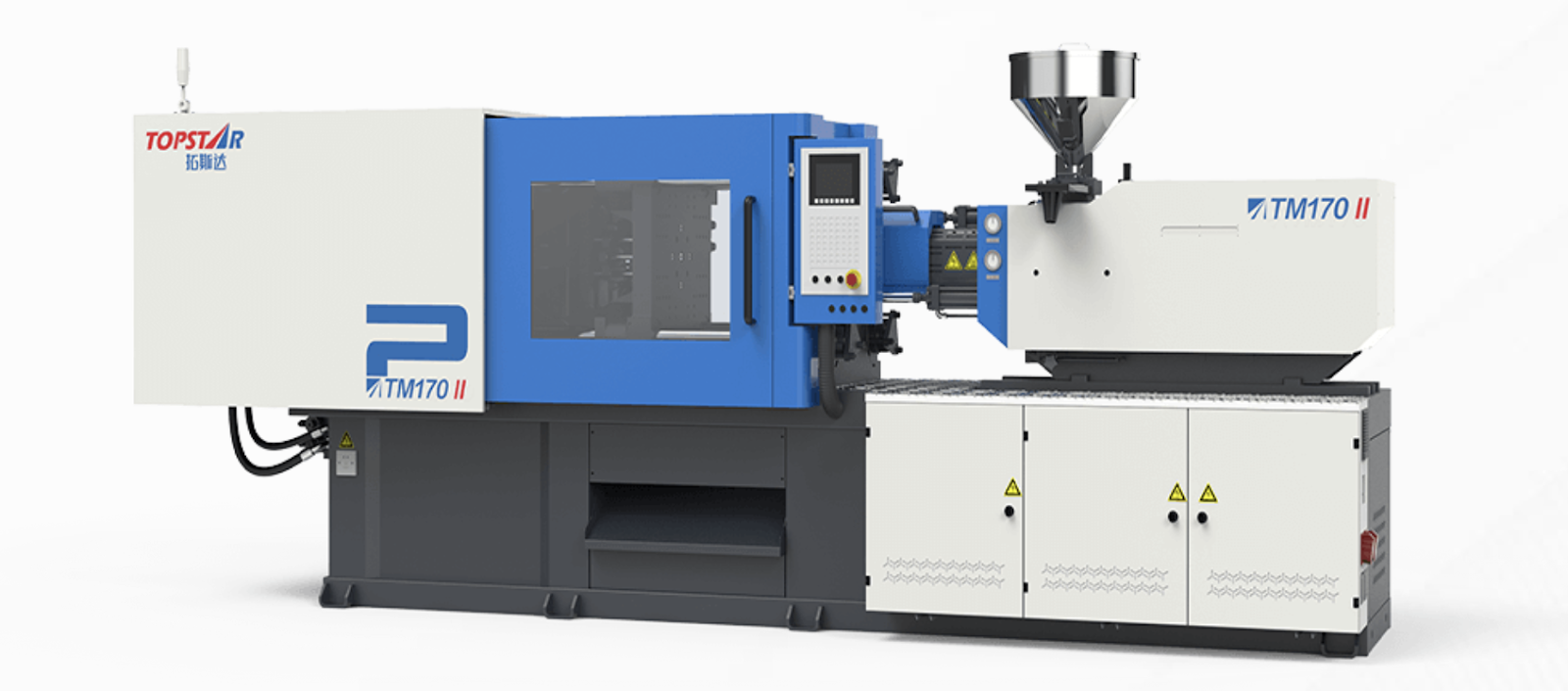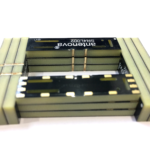Investing in an injection moulding machine is a significant decision for manufacturers, often representing one of the largest capital expenditures in their production operations. Proper budgeting for this investment requires a thorough understanding of the initial costs and the ongoing expenses associated with the machine. This article provides a comprehensive guide to budgeting for an injection moulding machine, offering tips and considerations to help manufacturers make informed financial decisions and maximise their return on investment.
Understanding the Initial Costs
Injection Molding Machine Price
The initial costs of acquiring an injection moulding machine include several vital components. Accurately estimating these costs is essential for creating a realistic budget.
Base Machine Cost: This is the cost of the injection moulding machine itself. Prices vary based on the machine type (hydraulic, electric, hybrid), size, clamping force, and manufacturer. Higher-capacity and advanced machines typically come with a higher base price.
Optional Features: Many injection moulding machines offer optional features that enhance performance and efficiency, such as advanced control systems, automated handling, and energy-saving technologies. While these features can increase the initial price, they also offer long-term benefits.
Additional Components: In addition to the machine, consider the cost of additional components required for operation, such as molds, feeders, cooling systems, and material handling equipment. These costs can add up and should be factored into the total budget.
Installation and Setup: The cost of installing and setting up the machine includes expenses related to transporting it to your facility, assembling it, and integrating it into your production line. These costs can vary significantly depending on the complexity of the machine and your facility.
Training Costs: Training for operators and maintenance personnel ensures efficient and safe machine operation. Training costs may include the expense of training programs, materials, and the time spent on training sessions.
Estimating Operating Costs
Operating costs are ongoing expenses that impact the overall cost of ownership. These costs can significantly affect your budget and should be carefully considered.
Energy Consumption: Injection moulding machines require significant amounts of energy to operate. Electric machines are generally more energy-efficient than hydraulic ones, lowering energy bills. When budgeting, consider the machine’s power requirements and machination ratings.
Material Costs: Another key factor is the cost of raw materials used in the injection moulding process. Different materials have varying costs and flow characteristics, which can affect the overall cost of production. Additionally, they factor in material waste and the machine’s efficiency in utilizing raw materials.
Labour Costs: Labor costs include the wages of operators and technicians responsible for running and maintaining the machine. Machines with advanced automation and control systems can reduce labour costs by minimising manual intervention and improving production efficiency.
Maintenance Costs: Regular maintenance is essential for ensuring the reliable operation of the injection moulding machine. Maintenance costs include routine checks, servicing, and repairs. Machines with simpler designs and fewer moving parts generally require less maintenance, while more complex machines may have higher maintenance costs.
Downtime and Repairs: Unexpected downtime and repairs can result in additional costs, affecting overall production efficiency and profitability. Budget for potential repair costs and consider the machine’s reliability and warranty terms when estimating these expenses.
Calculating the Total Cost of Ownership
The total cost of ownership (TCO) encompasses all expenses associated with acquiring, operating, and maintaining the injection moulding machine throughout its lifecycle. Understanding TCO helps you assess the long-term financial impact and make a more informed investment decision.
Depreciation: Depreciation is the reduction in the machine’s value over time due to the machine’s tear. This factor should be considered when calculating the TCO, as it affects the overall investment value. Consider the machine’s expected lifespan and machine’s value when evaluating depreciation.
Financing Costs: If you choose to finance the purchase of the injection moulding machine, include the costs associated with financings, such as interest rates and loan terms. These costs impact the total financial investment and should be factored into the TCO calculation.
Warranty and Service Agreements: The cost of warranties and service agreements should be included in the TCO. Warranties cover potential repairs and replacements, while service agreements offer ongoing support and maintenance services.
Energy Efficiency and Environmental Impact: Consider the machine’s long-term energy savings and environmental impact. Energy-efficient machines can lead to lower operational costs and a reduced carbon footprint, which can be advantageous from both a financial and ecological perspective.
Training and Development: Factor in the costs of ongoing training and development for operators and maintenance personnel. Proper training can enhance machine efficiency and reduce the risk of costly errors.
Budgeting for Future Upgrades and Expansions
When budgeting for an injection moulding machine, it’s essential to account for its initial future upgrades and expansions.
Technology Upgrades: Advances in technology may lead to the development of new features or capabilities that could benefit your production process—budget for potential upgrades to ensure that your machine remains competitive and capable of meeting evolving production needs.
Capacity Expansion: If you anticipate growth in production volume or changes in product design, consider the potential need for capacity expansion—budget for adding additional machines or upgrading existing equipment to accommodate future demands.
Maintenance and Replacement Parts: Budget for replacement parts and significant maintenance services. Regular maintenance is essential for extending the machine’s lifespan and ensuring operation. Setting aside funds for these expenses can help avoid unexpected financial strain.
Tips for Effective Budgeting
Define Your Requirements: Clearly outline your production needs, including part specifications, production volume, and any special requirements. This will help you identify the most suitable machines and estimate associated costs.
Research and Compare Options: Research different manufacturers and models, comparing their features, performance, and costs. Obtain detailed specifications, product brochures, and pricing information from multiple sources to make an informed comparison.
Consult with Experts: Engage with industry experts, equipment suppliers, and other manufacturers to gather insights and recommendations. Expert advice can provide valuable guidance and help you make a well-informed decision.
Perform a Cost-Benefit Analysis: Conduct a cost-benefit analysis to evaluate each machine’s potential return on investment. Compare the initial costs, operating expenses, and long-term benefits to determine the best value for your investment.
Consider Total Cost of Ownership: Focus on the total cost of ownership, including all factors affecting long-term expenses. A machine with a higher initial cost but lower operating and maintenance expenses may offer better value in the long run.
Plan for Contingencies: Set aside a contingency fund to cover unexpected costs or changes in production requirements. Planning for contingencies can prepare you for unforeseen expenses and avoid financial strain.
Regularly Review and Adjust: Periodically review and adjust your budget as needed based on changes in production needs, operational costs, and market conditions. This helps ensure you remain on track and make informed financial decisions.
Develop a budget for injection moulding machines
Budgeting for an injection moulding machine involves a thorough understanding of the initial costs, ongoing operating expenses, and total cost of ownership. Manufacturers can create a realistic budget that aligns with their production goals and financial constraints by considering machine type, size, energy efficiency, maintenance needs, and potential future upgrades.
Effective budgeting requires careful planning, research, and a focus on long-term financial impact. By following the tips outlined in this article, manufacturers can make informed decisions, optimise their investment, and achieve better economic outcomes in their injection moulding operations. Proper budgeting ensures a successful acquisition and supports the efficient and cost-effective operation of the injection moulding machine throughout its lifecycle.



